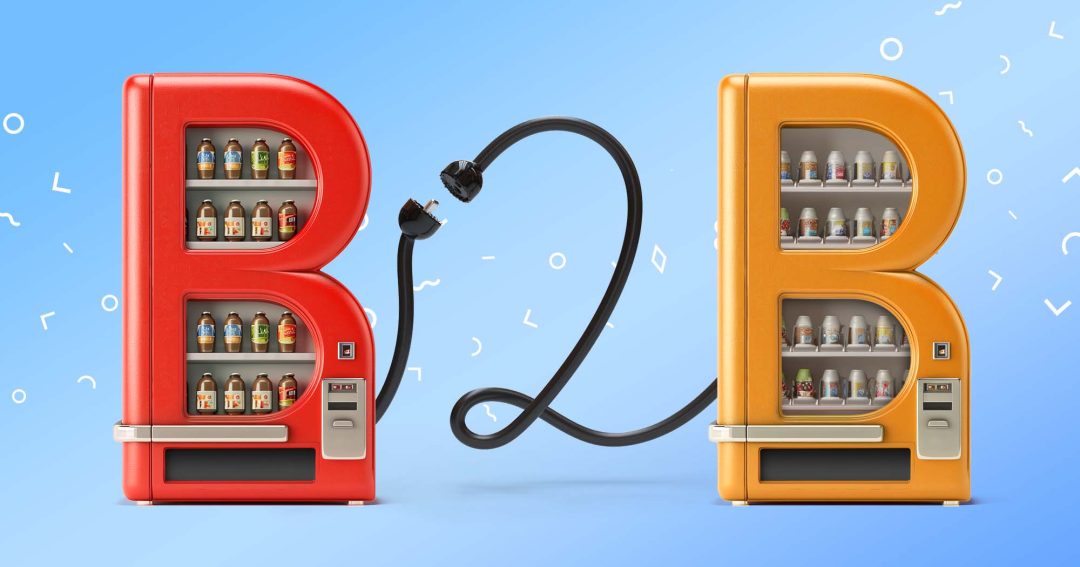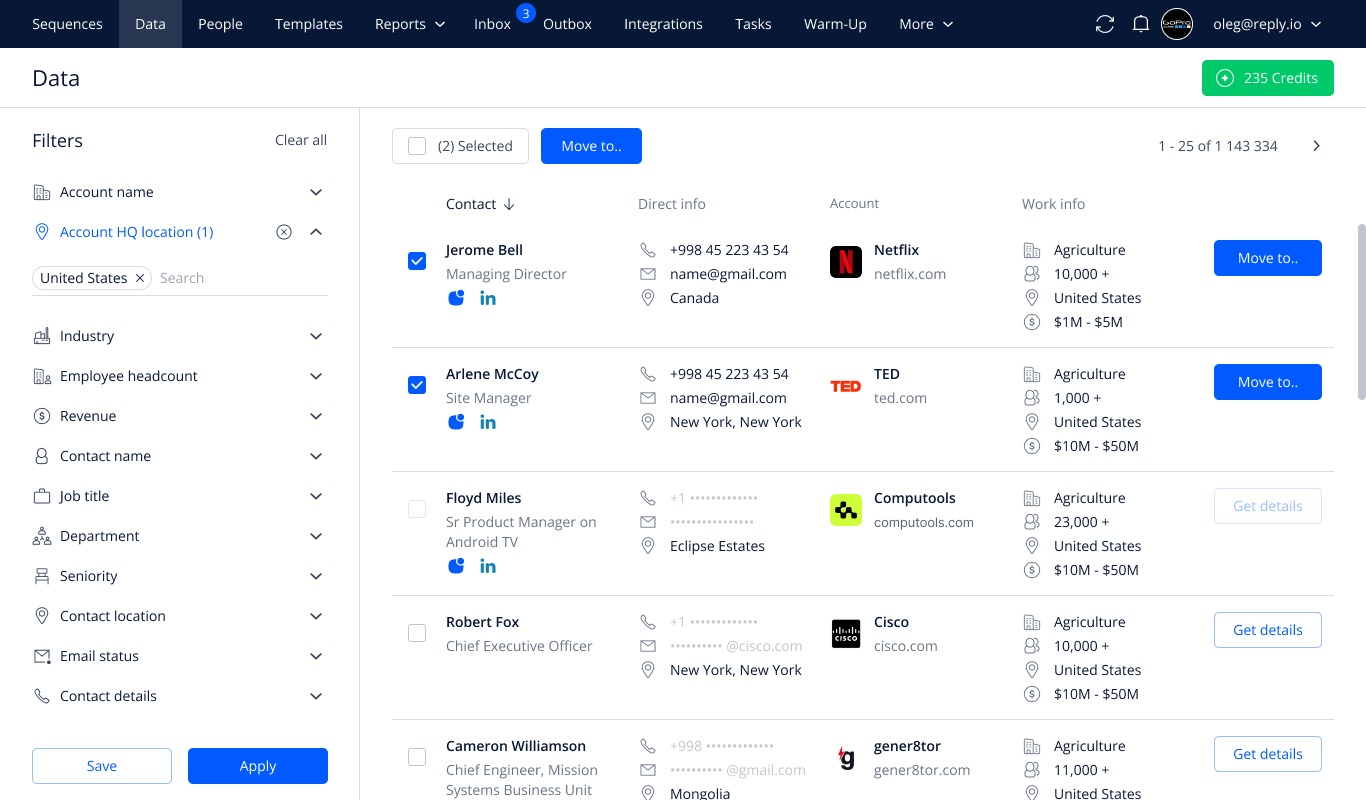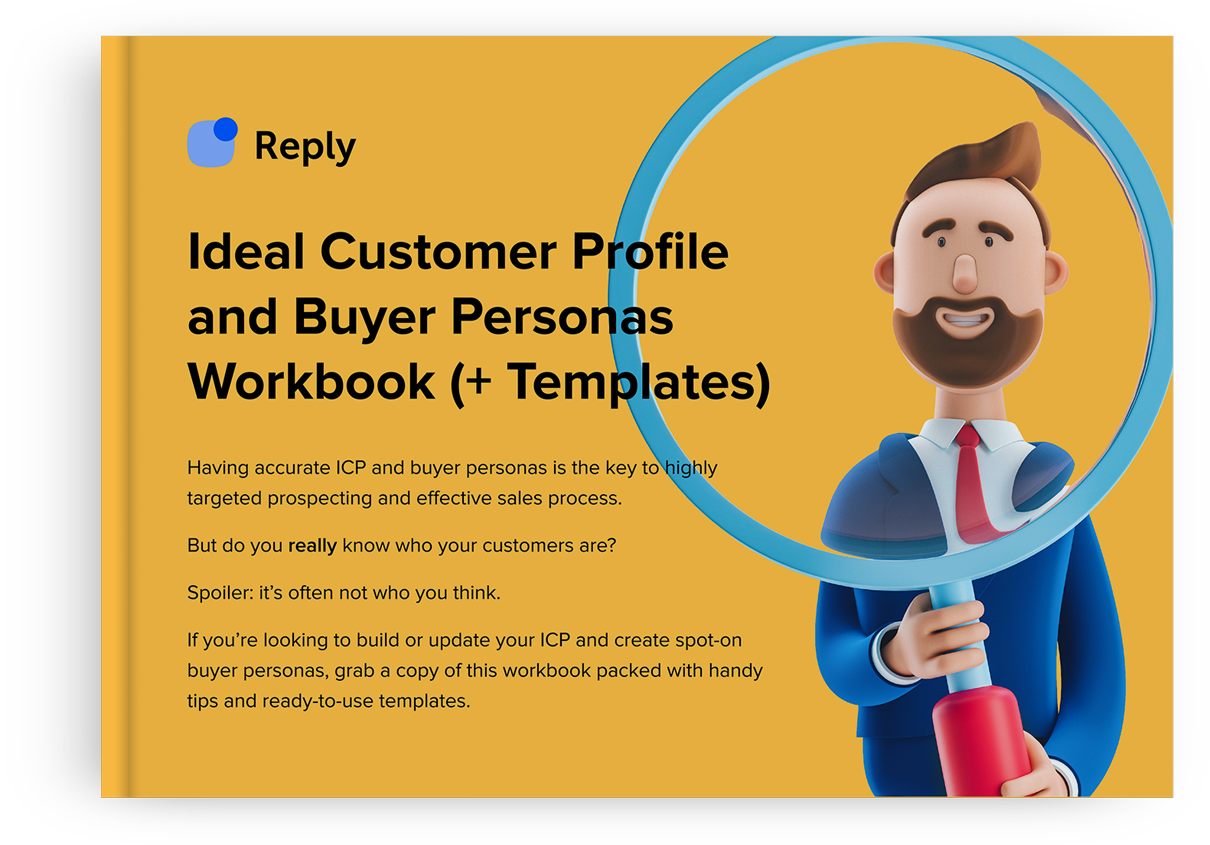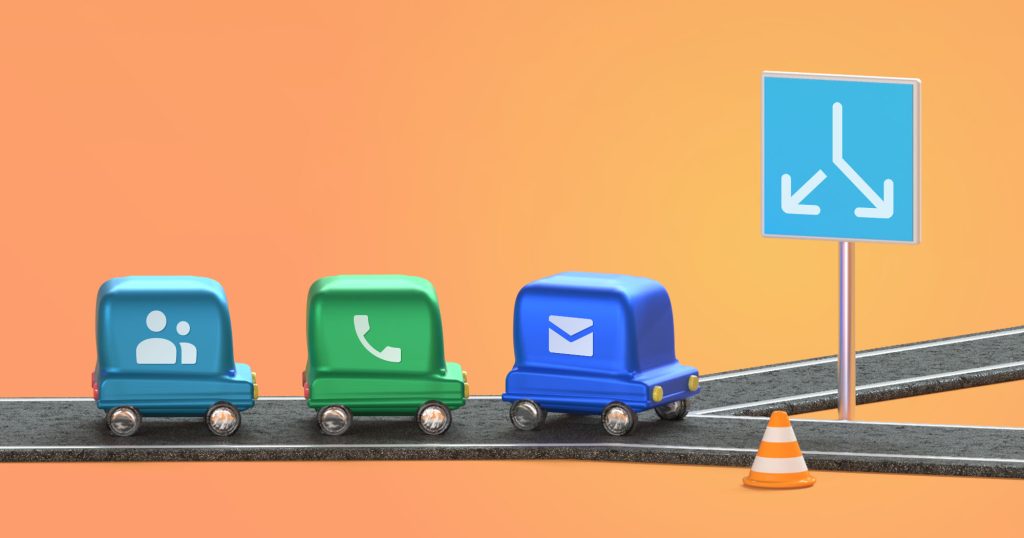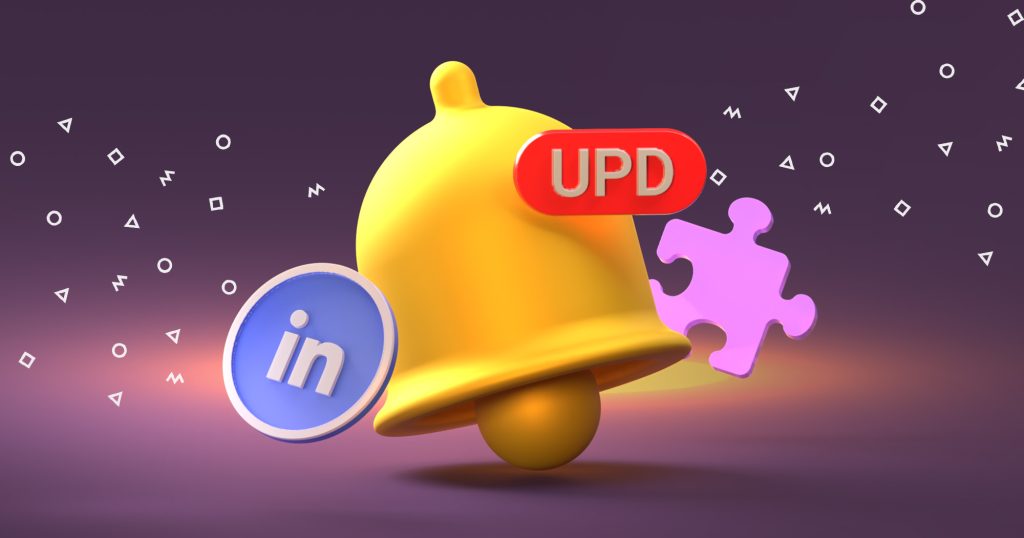How to increase sales in B2B
Boosting sales in the B2B world can sometimes feel like a tough nut to crack, but with the right strategies, it’s definitely achievable.
First things first, really get to know your customers. What are their pain points? What problems are they trying to solve?
By understanding their needs deeply, you can tailor your products or services to offer real value. This not only helps in making a sale but also in building long-term relationships.
Speaking of relationships, in B2B sales, they’re often the cornerstone of success.
Invest time in getting to know your clients. Regular check-ins, personalized emails, and even occasional meet-ups can go a long way. People prefer doing business with companies they trust and feel connected to.
Next, let’s talk about data. Data is your friend. Use analytics to understand buying patterns, forecast demand, and identify potential upsell opportunities. Tools like CRM can help track interactions and sales pipelines, making your sales process more efficient.
Key thing to remember → don’t just sell a product; sell a solution.
Position your offerings as answers to your customer’s specific problems. Show how your product or service can save them time, reduce costs, or improve efficiency. This approach resonates more with B2B buyers who are often looking for long-term benefits.
In the world of TikTok, ChatGPT, and WiFi on your fridge, your online presence is crucial.
Ensure your website is professional, easy to navigate, and packed with useful information to build a B2B digital sales. Consider adding customer testimonials, case studies, and detailed product information. Also, be active on social media platforms where your customers spend their time.
Lastly, let’s not forget the power of excellent customer service.
Be responsive, use a ticketing system to address issues promptly, and go the extra mile to keep your customers happy. Satisfied customers are more likely to return and recommend your business to others.
